Located right on Wilshire Boulevard and providing probably the largest input towards what is known as Los Angeles’ Museum Row, LACMA (or the Los Angeles County Museum of Art – they don’t abbreviate these things for nothin’) is the largest art museum in the western United States.
You’ll find art in LACMA spanning from ancient times to the present, and with over 150,000 historical pieces alongside film, music and concert exhibits, there’s something for everyone. Let’s learn a little bit more about the museum – be sure to include this on your trip to museum row. Check out our posts on LACMA’s awesome neighbors, The La Brea Tar Pits and the Petersen Automotive Museum. They’re all located basically right on top of eachother – plan to visit all 3 on a super museum crawl!!
The Founding History & Architecture of LACMA
The Los Angeles County Museum of Art was first established as a museum in 1961, but it had existed as a focused organization within the Natural History Museum or the Los Angeles Museum of History, Science and Art long before this. Howard F. Ahmanson made the principal donation that made it possible for the new museum to be established with a focus on art and independent from its natural history counterpart. Numerous financial backers of the Natural History Museum quickly became interested in this new venture, Anna Bing Arnold and Bart Lytton were a few of the initial patrons to branch out from the Natural History Museum.
In 1965 LACMA was finally able to move out of its parents basement. LACMA finally came to life with a new complex on Wilshire Boulevard. This new location would be an independent, art-focused institution, and a great buzz was in the air among the art enthusiasts of Los Angeles. The local modernist William Pereira was comissioned to design the initial 3 buildings that would make up the complex. In 1986 the Robert O. Anderson building (currently the Art of the Americas Building) was built by the Hardy Holzman Pfeiffer Architectural firm and became the 4th installment to the complex. In 1988 The Pavilion for Japanese Art opened (pictured below.) Designed by Bruce Goff, this would be his last offering to the museum as he unfortunately passed away in 1982 before it was completed.
LACMA continues to expand its horizons even today with an entirely new building in the works that intends to transform the experience altogether and allow visitors to make connections with the art that they previously did not. The David Geffen galleries are expected to be completed by 2024, with a unique architectural design that has no start or beginning.
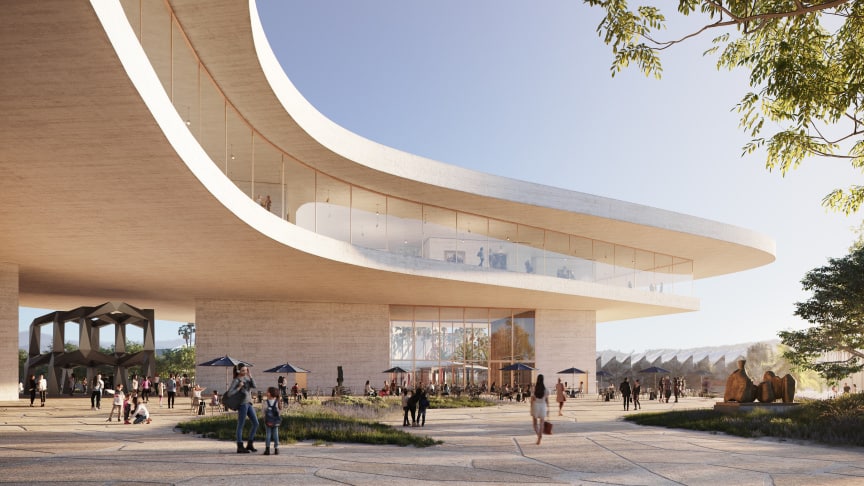
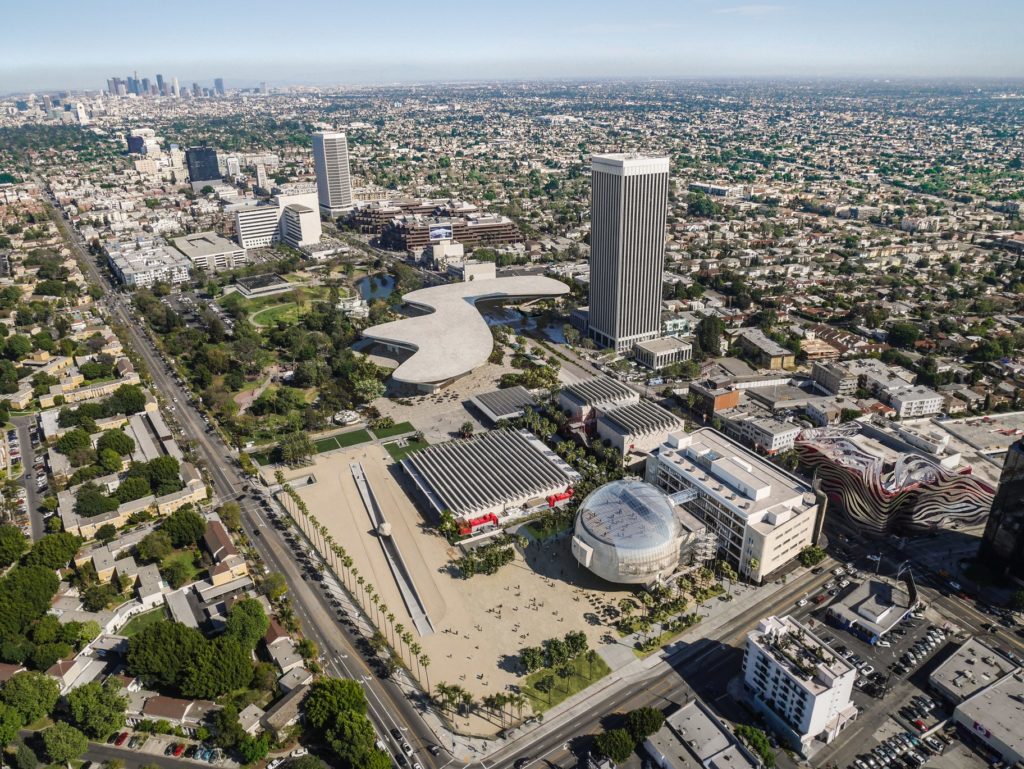
Outdoor Exhibits at LACMA
A great thing about Museum Row, especially during COVID, is the fact that there is a great amount of things to see out in the open air, for free! We are all still waiting for museums to again open and allow the public, but in the meantime these outdoor exhibits are the perfect way to get yourself back into the swing of things.
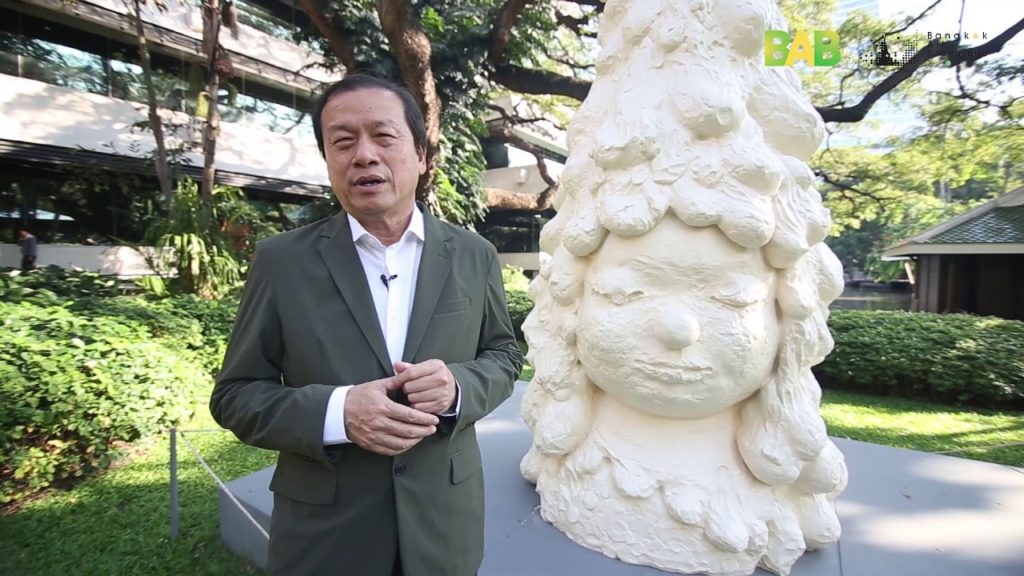
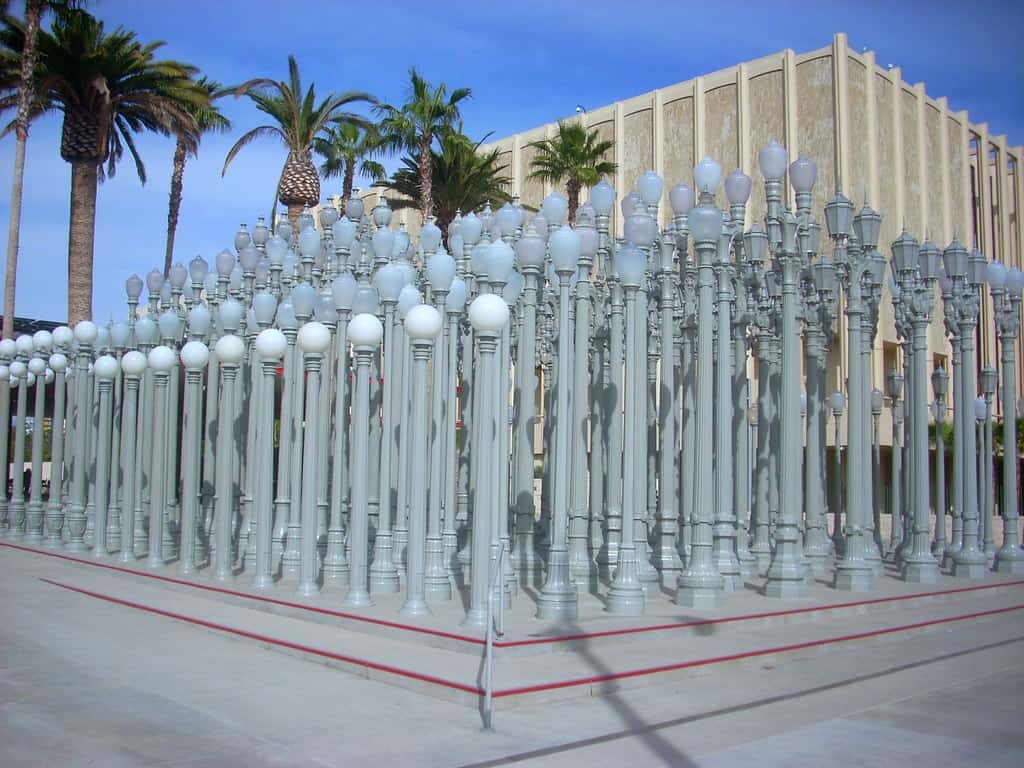
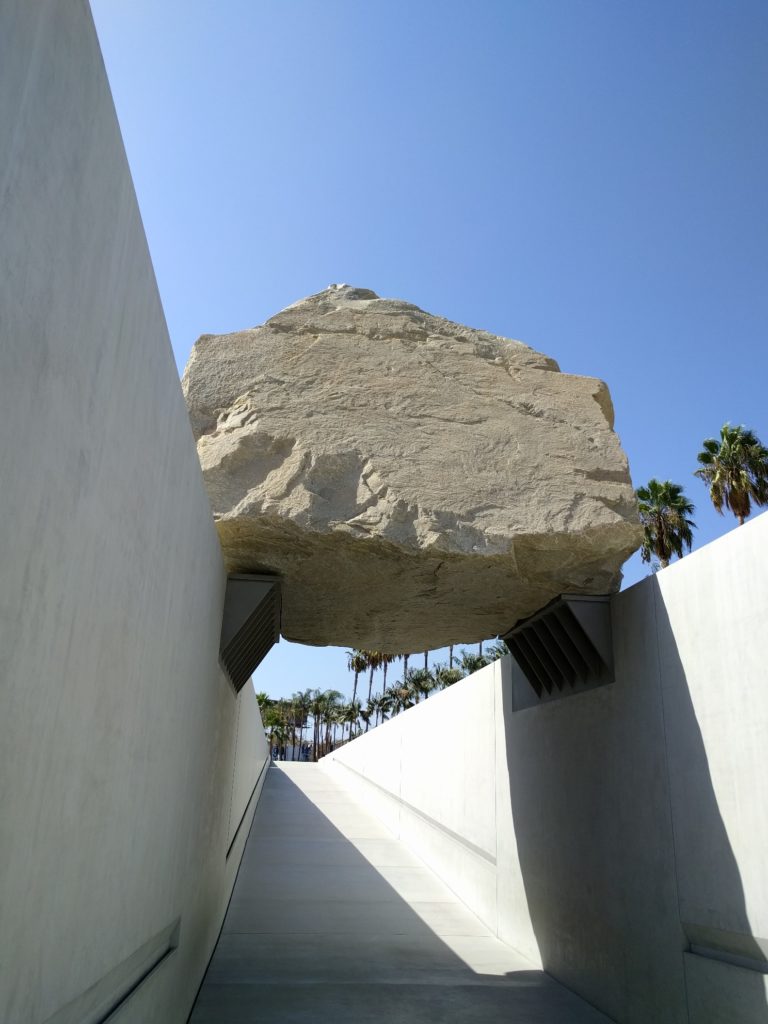
Surf City Tour’s Guide to Los Angeles Museums
Planning on visiting some museums here in Los Angeles? We’ve created a bit of a guide on some of the most popular and in our opinion coolest museums here in LA for all of our guests (and even those who might not be planning to take a tour with us) to take advantage of. Check out some other museums along Museum Row (right next to the Academy Museum of Motion Pictures!!)
Guide to the Petersen Automotive Museum
The *NEW* Academy Museum of Motion Pictures Guide
Guide to The La Brea Tar Pits & George C. Page Museum
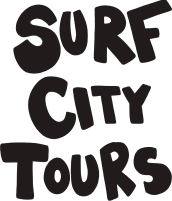
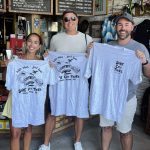 10% Discount Automatically applied
10% Discount Automatically applied